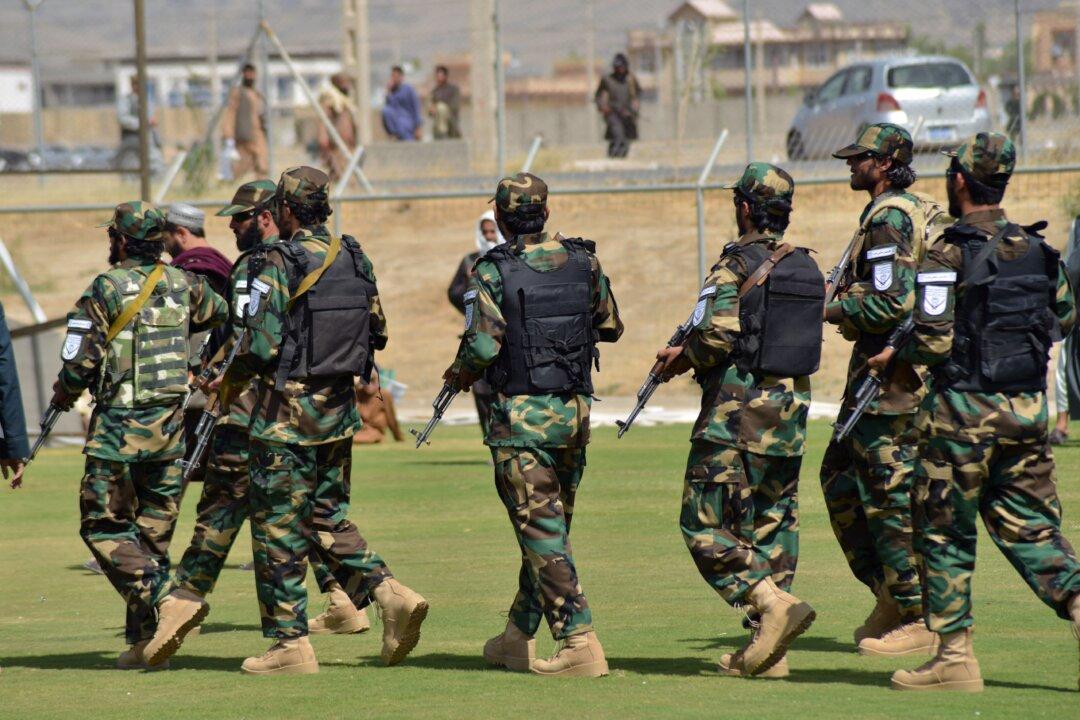Afghanistan and Pakistan have a long disputed border called the Durand Line. Despite the Taliban’s close relationship with Pakistan, where most of its leaders were based before Aug. 15, the group has said that the Afghans don’t agree with the Durand Line.
Experts say the Taliban’s statement is an indication of the continuity of the so-called Great Game that has defined the geopolitics in the region, which started with threats to conquer British India in 1798. The Durand Line was created to stop those threats.





